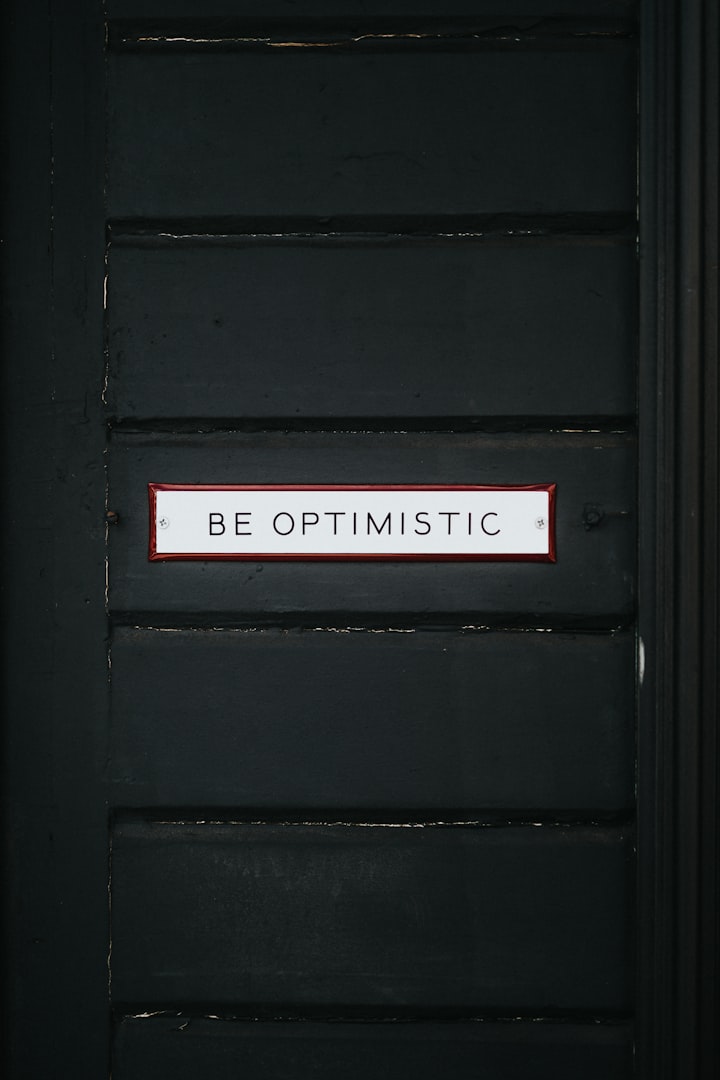
In the hustle and bustle of our modern lives, we often find ourselves swept away by a torrent of thoughts, responsibilities, and distractions. The constant demands of work, relationships, and technology can create a whirlwind of stress and anxiety, leaving us feeling disconnected from our own selves and the present moment. In the midst of this chaos, the ancient practice of mindfulness emerges as a lifeline—a way to navigate life's currents with clarity and calm.
Understanding Mindfulness
Mindfulness, at its essence, is the art of intentional and non-judgmental awareness of the present moment. It is a state of being fully attuned to our thoughts, emotions, bodily sensations, and the environment around us. Rather than dwelling on the past or worrying about the future, mindfulness invites us to anchor ourselves in the here and now. It's about observing our experiences with an open heart and a curious mind, without the need to label or change them.
Cultivating a Mindful Presence
One of the fundamental tools in the art of mindfulness is mindfulness meditation. It's a practice that encourages us to sit in stillness, focusing our attention on the breath, bodily sensations, or a specific point of focus. As we do this, we inevitably encounter the chatter of the mind—those incessant thoughts that vie for our attention. The key is not to suppress these thoughts, but rather to acknowledge them and gently guide our attention back to our chosen point of focus. This process helps us develop a heightened awareness of our thought patterns and a greater capacity to detach from them.
Nurturing Clarity in a Noisy World
In a world saturated with information and constant stimulation, clarity of mind is a precious resource. Mindfulness acts as a filter, allowing us to sift through the mental noise and focus on what truly matters. As we practice mindfulness, we begin to discern the difference between reactive impulses and thoughtful responses. This clarity enables us to make more conscious decisions, respond to challenges with composure, and approach problems with a fresh perspective.
Embracing Calm Amidst Chaos
The practice of mindfulness is often likened to the eye of a storm—a serene center amidst turbulent surroundings. When life's currents threaten to overwhelm us, mindfulness offers a refuge of calm. By anchoring our attention to the present moment, we create a buffer between ourselves and the chaos. This buffer provides us with a space to breathe, to observe our reactions, and to choose how we respond. In this way, mindfulness becomes a shield against the storm, allowing us to maintain a sense of inner peace even in the face of external turmoil.
Cultivating Self-Compassion
Mindfulness is not only about being present; it's also about how we relate to ourselves in the present moment. Self-compassion is a cornerstone of this practice—an attitude of kindness and understanding toward our own experiences. Too often, we are our own harshest critics, dwelling on mistakes and shortcomings. Mindfulness invites us to treat ourselves with the same gentleness and empathy that we would extend to a friend. This self-compassion not only nurtures our emotional well-being but also strengthens our resilience in the face of difficulties.
Expanding Mindfulness Beyond Meditation
While formal mindfulness meditation is a foundational practice, the art of mindfulness extends far beyond the meditation cushion. It's about infusing mindfulness into every aspect of our lives. Whether we're eating, walking, working, or spending time with loved ones, mindfulness encourages us to be fully present. When we eat mindfully, we savor each bite, fully engaging our senses. When we walk mindfully, we feel the ground beneath our feet and the air against our skin. By integrating mindfulness into our daily routines, we transform ordinary moments into opportunities for connection and awareness.
The Profound Impact of Mindfulness
The benefits of practicing mindfulness are far-reaching and well-documented. Scientific research has shown that mindfulness can reduce stress, anxiety, and symptoms of depression. It has been linked to improvements in attention, emotional regulation, and overall well-being. Furthermore, mindfulness-based interventions have been integrated into various fields, including psychology, education, and healthcare, as a means of promoting mental and physical health.
Conclusion: A Path to Inner Harmony
In a world characterized by constant change and uncertainty, the art of mindfulness offers us a timeless anchor. It is a reminder that beneath the surface currents of life, there is a space of stillness and clarity accessible to all. Through the practice of mindfulness, we cultivate a deeper understanding of ourselves, foster authentic connections with others, and navigate the ebb and flow of existence with grace. As we embrace the art of mindfulness, we discover that amidst the chaos, there lies an unshakable foundation of tranquility—a sanctuary of clarity and calm that resides within us all.
About the Creator
rym
The chaos of life's demand distractions, the act of opening a book becomes an enchanting escape, a journey into realms unknown.






Comments
There are no comments for this story
Be the first to respond and start the conversation.